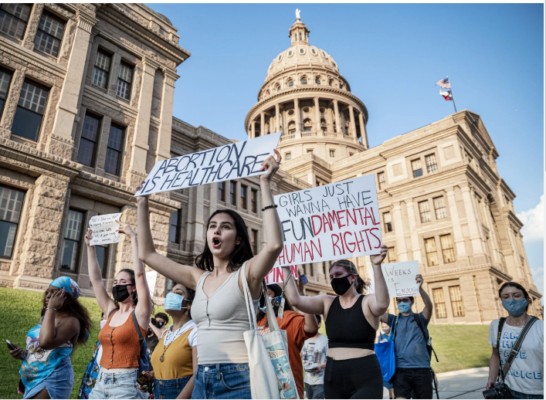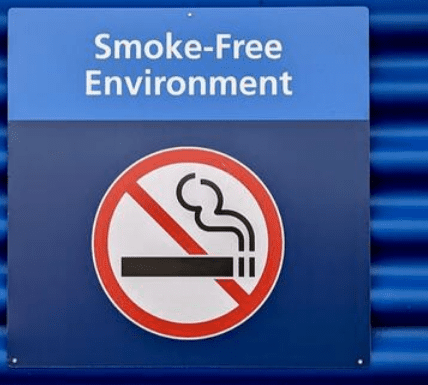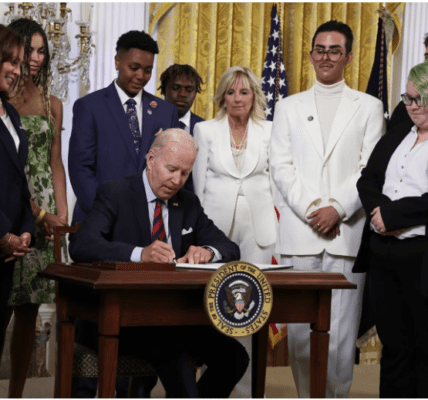Examining Texas’ Ranking as the 5th Worst State for Women: Unpacking the Findings and Controversies
Understanding WalletHub’s Assessment and Its Implications for Women’s Well-being in Texas
WalletHub’s recent report ranking Texas as the 5th worst state for women in 2024 has sparked significant discussion and debate. With findings heavily favoring “Blue” states and contentious metrics such as abortion policies, the report has raised questions about its methodology and implications. This article delves into the key findings of the WalletHub study, explores the controversies surrounding Texas’ ranking, and assesses the implications for women’s well-being in the state.
Assessing WalletHub’s Methodology: WalletHub’s ranking of states for women is based on 25 key indicators spanning various aspects of living standards, including median earnings, women’s healthcare, and the female homicide rate. However, the methodology has drawn criticism for its weighting towards “Blue” states and contentious issues such as abortion policies. Understanding the nuances of these indicators is essential for contextualizing Texas’ ranking and its implications.
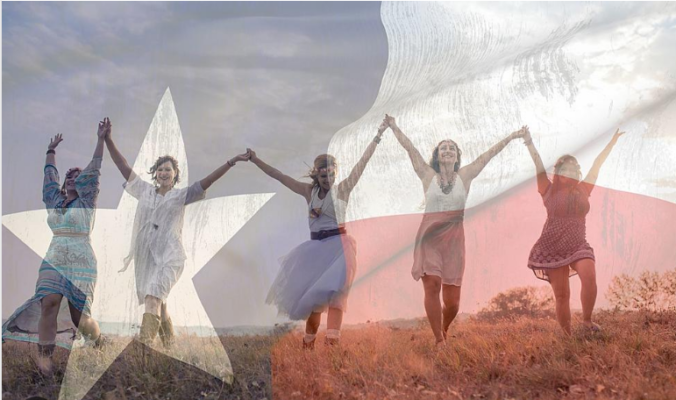
Key Findings and Controversies: Texas’ placement as the 5th worst state for women raises several contentious issues, with access to abortion emerging as a significant factor. WalletHub’s methodology assigns a double weight to abortion policies, considering factors such as gestational age bans, waiting periods, and insurance coverage. Critics argue that this weighting disproportionately affects states with more restrictive abortion laws, potentially skewing the rankings against conservative-leaning states like Texas.
Implications for Women’s Well-being in Texas: The WalletHub report sheds light on various aspects of women’s well-being in Texas, including median earnings, poverty rates, and educational attainment. While Texas ranks 19th in median earnings for female workers adjusted for the cost of living, it fares lower in indicators such as the share of women in poverty and the high school graduation rate for women. Additionally, the report highlights disparities in political participation, with Texas ranking 35th in the share of women who voted in the 2020 presidential election.
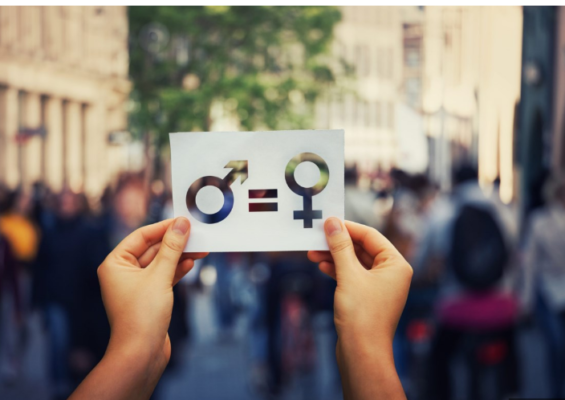
Challenges and Opportunities for Improvement: The WalletHub report underscores the challenges facing women in Texas and the need for targeted interventions to address disparities in economic opportunity, healthcare access, and political representation. Efforts to improve women’s well-being in Texas could focus on expanding access to affordable healthcare, promoting educational equity, and advocating for policies that support gender equality in the workforce and beyond.
Read More News:
- Porto Stuns Arsenal with Last-Minute Winner in Champions League Thriller
- Dive into Fun: Exploring Local Trivia Nights for a Night of Laughter and Entertainment
WalletHub’s ranking of Texas as the 5th worst state for women highlights complex challenges and controversies surrounding women’s well-being in the state. While the report provides valuable insights into various aspects of women’s lives, its methodology and weighting of certain indicators have sparked debate. Moving forward, addressing disparities in healthcare, education, and economic opportunity will be essential for improving women’s well-being and fostering a more equitable society in Texas.
